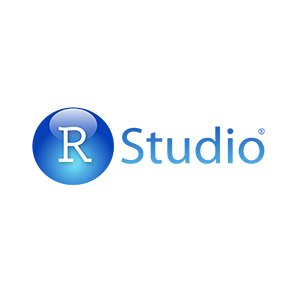

If you plan to have viewers visit and interact with the content dashboard, there are a few Server setting configurations that can be used to restrict a user's actions: When using connectwidgets content as a Server.RootRedirect, we recommend setting the content sharing setting to either All users - login required.

This URL can also be customized with the DashboardPath setting. Once the RootRedirect URL is set, it will be important to notify publishers and other administrators about where they can access the content dashboard view of RStudio Connect. Additional information can be found in the RStudio Connect User Guide. This provides a level of separation between viewers and the content dashboard and management tools that are more relevant to publishers and administrators. connectwidgets can be used to query an RStudio Connect server for your existing content items, then organize, subset, and style them with htmlwidgets components in an R Markdown document or Shiny application.īy default, connectwidgets provides links to content items that open in "Solo Mode". One option for creating a custom landing page is to make a content showcase with the connectwidgets R package. To specify an alternate landing page, RootRedirect can be used to divert users to a URL other than the standard RStudio Connect dashboard. Upon logging in, users are routed to the RStudio Connect content dashboard.


RSTUDIO LOGO HOW TO
Learn more about how to customize the logged-out user landing page experience here.Ĭombine this feature with Branding.Enabled, Branding.Logo, and Branding.DisplayName to ensure that the navigation bar displays your own logo and users are prompted to log in to the platform name you've specified. Server.LandingDir (Default: none) Specifies an optional path from which a customized landing page is served to logged-out users. Custom Landing Pages # Logged-out users # These settings can be added to your default Server configuration, as represented in the example found at the end of this section. The Server section of the configuration file provides settings for things such as: custom landing pages for logged-out and logged-in users, the ability to restrict components and functions from viewers, and email customization features.
RSTUDIO LOGO UPGRADE
The DisplayName customization is also used in product dialog messages such as on log in, user role upgrade requests, content permission requests, publishing content with Git, jump start publishing instructions, content configuration settings labels, and more.
RSTUDIO LOGO PASSWORD
etc/rstudio-connect/rstudio-connect.gcfg Enabled = true Logo = /path/to/logo.png Favicon = /path/to/favicon.ico DisplayName = "SuperPowers Inc."Īn example of how the DisplayName is used across product messages and emails can be seen in the password reset request workflow shown here: This does not extend to the removal of RStudio copyright information throughout the product.Ī Branding configuration example might look like this:


 0 kommentar(er)
0 kommentar(er)
